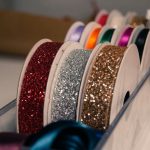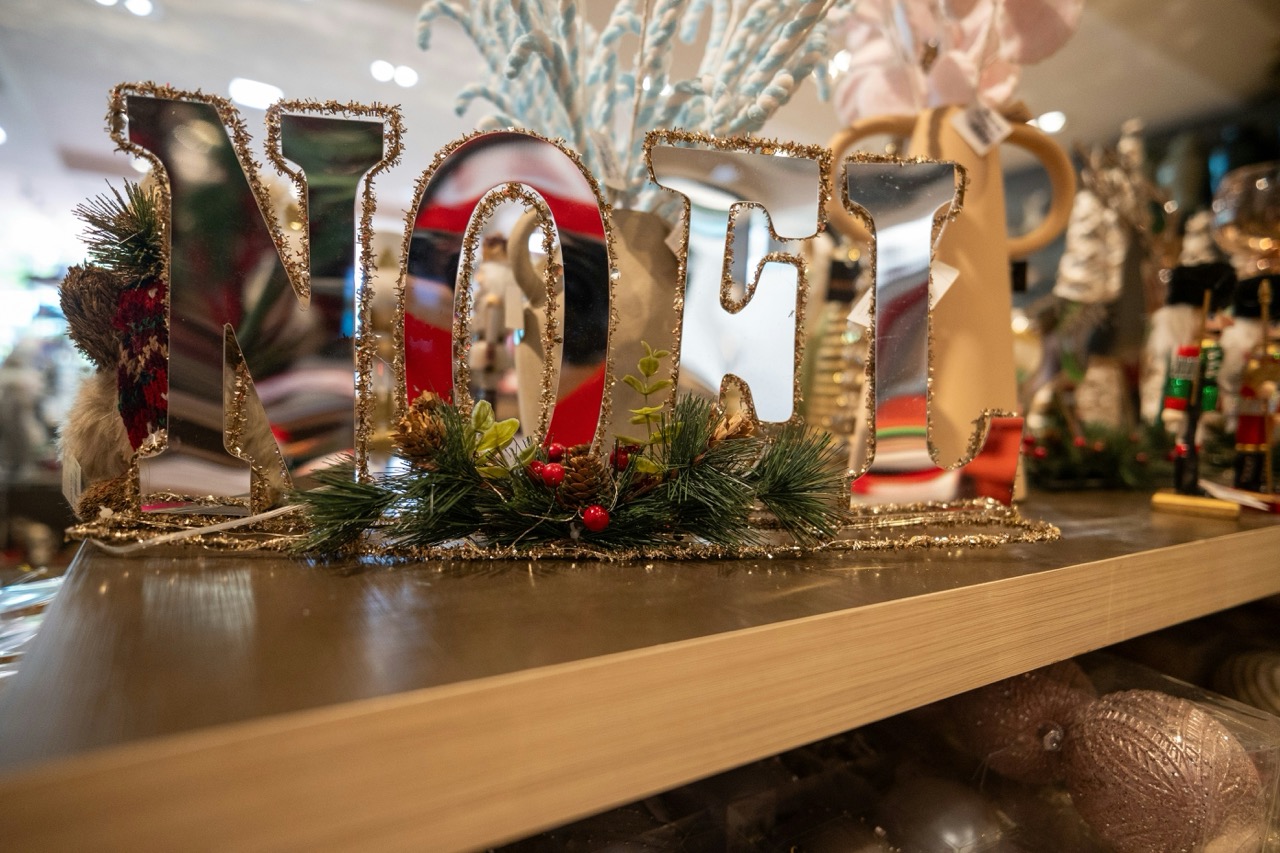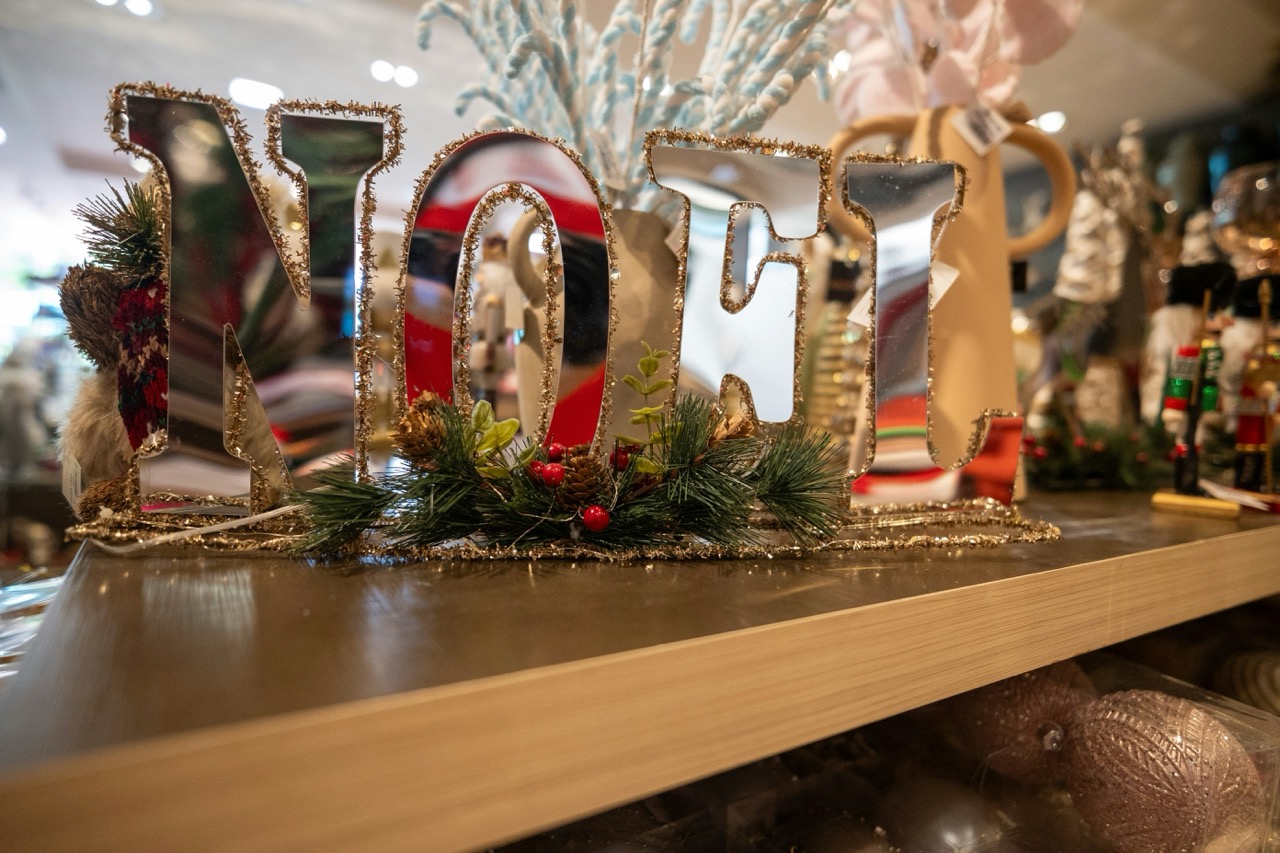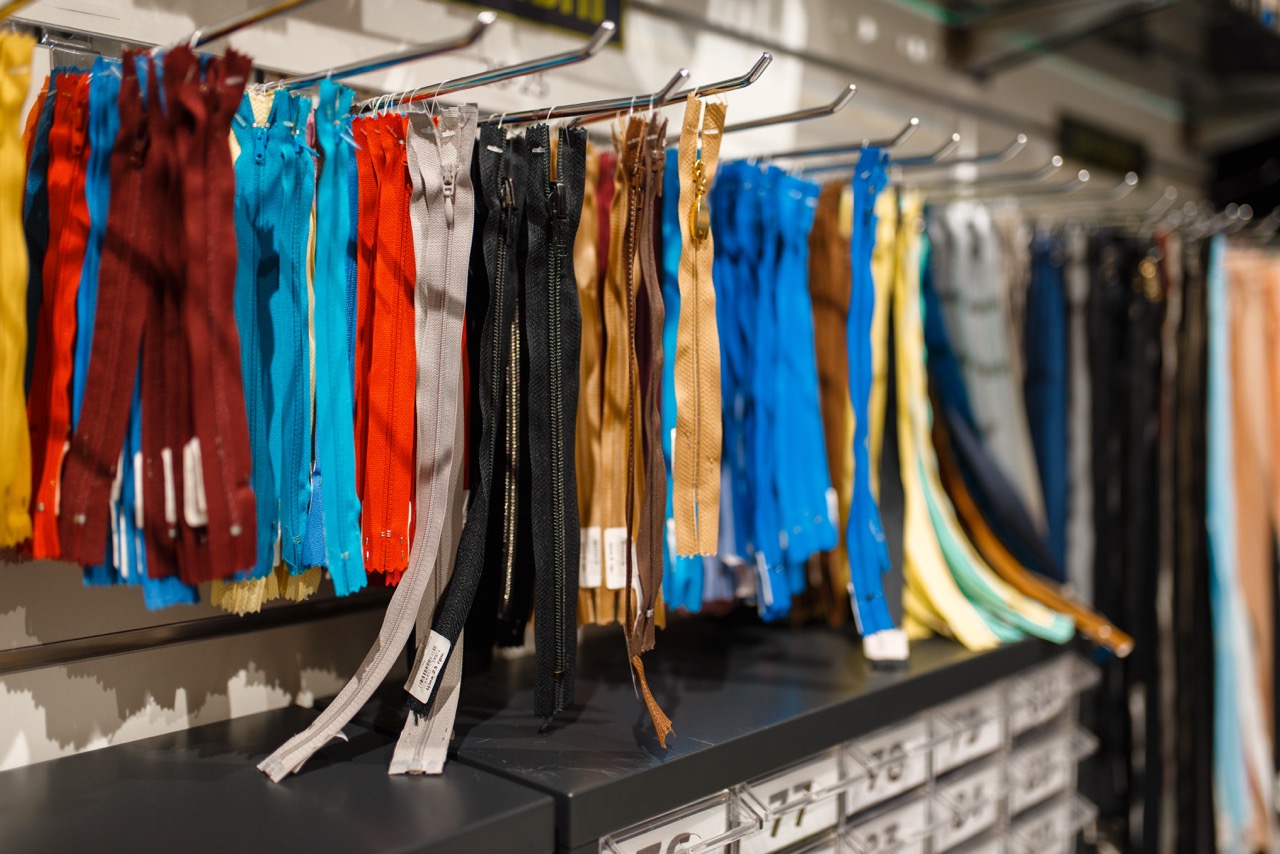Ribbons are not merely decorative strips of fabric; they are a profound blend of artistry and science that have evolved significantly over the centuries. From their origins in ancient civilizations to their modern-day applications, the materials and textures of ribbons have transformed to meet the demands of aesthetics, functionality, and innovation. This article delves into the intricate science behind ribbon materials and textures, exploring their historical evolution, chemical compositions, and the artistry involved in crafting the perfect ribbon for any occasion.
The Evolution of Ribbon Materials: A Historical Perspective
Ribbons have been an integral part of human culture since antiquity, with their origins tracing back to ancient Egypt, where they were used as decorative elements in garments. As society evolved, so did the functions of ribbons. In the Middle Ages, ribbons began to signify status and wealth, adorning the attire of the nobility and being utilized in ceremonial contexts. The Renaissance brought about a surge of creativity in ribbon-making, leading to the development of various weaving techniques and the use of intricate patterns, which set the foundation for today’s diverse ribbon offerings.
By the 19th century, industrialization revolutionized ribbon production, enabling mass manufacturing and a wider variety of materials to be explored. The advent of synthetic fibers in the 20th century introduced ribbons made from polyester, nylon, and other man-made materials, expanding the possibilities for color, texture, and durability. This history reflects not just changes in fashion and utility but also significant advancements in technology and chemistry that have shaped the ribbons we know today.
Understanding the Basics: What Makes Up Ribbon Textures?
The texture of a ribbon is defined by a combination of its material, weave pattern, and finishing processes. Textures can range from smooth and lustrous to coarse and matte, each serving distinct aesthetic and functional purposes. For example, satin ribbons exhibit a smooth surface and glossy shine, making them ideal for formal occasions, while burlap ribbons offer a rustic, textured finish suitable for craft projects and home decor.
In addition to material selection, the weave pattern significantly impacts a ribbon’s texture. Common weaves such as satin, grosgrain, and organza produce ribbons with varying degrees of flexibility, drape, and surface character. Understanding these fundamental characteristics is essential for designers and crafters alike, as the texture of a ribbon can enhance or detract from the overall presentation of a project.
The Chemistry Behind Ribbon Fabrics: A Deep Dive
At its core, the science of ribbon materials involves a complex interplay of chemistry and engineering. The primary fibers used in ribbons can be classified into two categories: natural fibers, such as silk and cotton, and synthetic fibers, like polyester and nylon. Each type of fiber possesses distinct chemical properties that contribute to the ribbon’s overall performance, durability, and aesthetic appeal.
Natural fibers are derived from plants or animals and are biodegradable, offering a soft, luxurious feel. On the other hand, synthetic fibers are engineered for performance, often providing enhanced strength, color retention, and resistance to wrinkles. The chemistry behind these materials includes the study of polymers, the molecular structures that determine a fiber’s properties, and how these structures can be manipulated through various processes to create the desired ribbon characteristics.
Exploring Natural vs. Synthetic Ribbon Materials: Pros and Cons
When it comes to selecting ribbon materials, crafters and designers must weigh the advantages and disadvantages of natural versus synthetic options. Natural ribbons, such as those made from silk or cotton, are often prized for their luxurious feel and breathability. These materials tend to drape beautifully and can be dyed to produce rich colors, but they may also be more susceptible to damage from moisture, fading, and wear.
Synthetic ribbons, conversely, offer a range of benefits, including durability, resistance to fraying, and ease of care. Polyester ribbons, for instance, can be manufactured to mimic the appearance of natural fibers while providing superior resilience. However, some synthetic materials may lack the organic feel and warmth of their natural counterparts. Understanding these pros and cons is crucial for making informed decisions tailored to the specific requirements of any project.
The Influence of Weave Patterns on Ribbon Texture and Feel
The weave pattern of a ribbon is a fundamental aspect that shapes its texture and overall feel. Different weaving techniques can produce a variety of effects, from shimmering and reflective surfaces to more textured and matte appearances. For instance, satin weaves create a smooth, glossy finish that reflects light beautifully, making them a popular choice for formal decorations and gift wrapping.
On the other hand, a grosgrain weave features a ribbed texture that provides a more structured and durable ribbon. This type of weave is often used in applications where strength is essential, such as in hair accessories or upholstery. By choosing the appropriate weave pattern, designers can manipulate the tactile experience of the ribbon, contributing to the overall aesthetic and functionality of their creations.
Color Theory in Ribbons: How Dye Affects Material Quality
Color is a crucial element in ribbon design, and the dyeing process can significantly influence the quality and appearance of the finished product. The method of dyeing—whether it be piece dyeing or print dyeing—affects how color penetrates the fibers and the resulting vibrancy. For instance, natural fibers often absorb dyes differently than synthetics, leading to variations in shade and depth.
Additionally, the type of dye used plays a pivotal role in the longevity and durability of color. Reactive dyes typically adhere better to natural fibers, while disperse dyes are preferred for synthetic fibers. Understanding color theory in relation to ribbon materials allows designers to make informed choices that enhance the visual impact of their projects while ensuring the ribbons maintain their integrity over time.
The Role of Tension in Creating Different Ribbon Textures
Tension is a critical factor in the manufacturing process of ribbon materials, influencing the final texture and performance. During production, the amount of tension applied to the fibers can determine how tightly or loosely woven the ribbon becomes. Higher tension often results in a smoother, tighter weave, while lower tension may lead to a softer, more flexible texture.
The manipulation of tension not only affects the ribbon’s surface feel but also its durability and drape. For example, ribbons intended for heavy use may require tighter tension to withstand wear and tear, while those meant for delicate decorations can benefit from a looser weave that enhances their aesthetic appeal. Crafting the right balance of tension is essential in creating ribbons that fulfill both functional and decorative purposes.
A Closer Look at Specialty Ribbons: Uses and Benefits
Specialty ribbons have emerged to cater to specific needs and applications, ranging from wired ribbons to eco-friendly options. Wired ribbons feature flexible wires along the edges, allowing them to maintain their shape and structure when tied into bows or decorative arrangements. This versatility makes them popular in floral arrangements, holiday decorations, and crafting.
Eco-friendly ribbons, made from sustainable materials such as organic cotton or recycled polyester, appeal to environmentally conscious consumers. These ribbons not only offer beautiful designs but also align with growing trends toward sustainability and responsible sourcing. Understanding the unique features and benefits of specialty ribbons helps crafters select the right options for their projects while also considering environmental impact.
Sustainable Ribbons: Innovations in Eco-Friendly Materials
In recent years, sustainability has taken center stage in the materials industry, and ribbons are no exception. Innovations in eco-friendly materials, such as organic cotton, hemp, and recycled fibers, are transforming the ribbon market, allowing consumers to make environmentally conscious choices without sacrificing quality or style. These materials are often produced using less water and chemicals, promoting a more sustainable manufacturing process.
Beyond the materials used, eco-friendly ribbons can also incorporate sustainable dyeing practices. Natural dyes and low-impact dyes are gaining popularity, as they reduce the chemical footprint of production while providing vibrant color options. The rise of sustainable ribbons reflects a broader movement towards responsible design, encouraging consumers to consider the lifecycle of the products they choose to use.
The Impact of Finishing Techniques on Ribbon Appearance
Finishing techniques play a vital role in enhancing the aesthetic qualities of ribbons. Processes such as heat sealing, edge finishing, and coating can dramatically alter the ribbon’s appearance and usability. For example, heat sealing can prevent fraying, extending the ribbon’s lifespan, while coatings can provide additional sheen or water resistance.
These finishing processes also allow for creative expression, enabling designers to achieve unique effects that cater to various tastes and applications. For instance, ribbons can be given a glossy or matte finish, providing options for contrasting styles in crafting and decoration. Understanding these finishing techniques empowers designers to fully utilize the potential of their chosen materials, creating ribbons that are visually striking and functional.
Crafting with Ribbons: Selecting the Right Material for Your Project
When embarking on a crafting project involving ribbons, selecting the right material is crucial for achieving the desired outcome. Factors such as the intended use, color palette, and texture must all be considered. For instance, if a project requires durability—such as in outdoor decorations or gift wrapping—synthetic ribbons like polyester may be the best choice due to their resilience.
Conversely, if the project aims for an elegant presentation, natural fibers such as silk or satin may be more appropriate for their luxurious feel and drape. Understanding the interplay of material properties, including weave patterns and finishing techniques, allows crafters to select ribbons that not only meet their functional needs but also enhance the overall aesthetic of their creations.
Future Trends in Ribbon Materials: What Lies Ahead?
The future of ribbon materials is poised for exciting advancements, driven by technological innovation and evolving consumer preferences. As sustainability continues to be a priority, we can expect to see further developments in biodegradable and recycled materials that maintain high quality while minimizing environmental impact. Innovations in smart textiles may even lead to ribbons that can change color or texture based on environmental conditions.
Additionally, the rise of digital printing technology presents new possibilities for customization and personalization. Consumers may have the opportunity to create unique designs or patterns, allowing for greater expression in various applications, from fashion to home decor. As the ribbon industry adapts to these trends, it is likely that we will witness a fusion of artistry and technology that redefines the possibilities of ribbon materials in the years to come.
The science of ribbon materials and textures is a fascinating interplay of history, chemistry, and artistry. From understanding the fundamental properties of natural and synthetic fibers to exploring the impact of modern innovations and sustainable practices, this field is as dynamic as it is essential to creative expression. As we look to the future, the evolution of ribbons will undoubtedly continue to inspire both artisans and consumers, making them not just decorative elements but integral components of design and craftsmanship across various domains.










